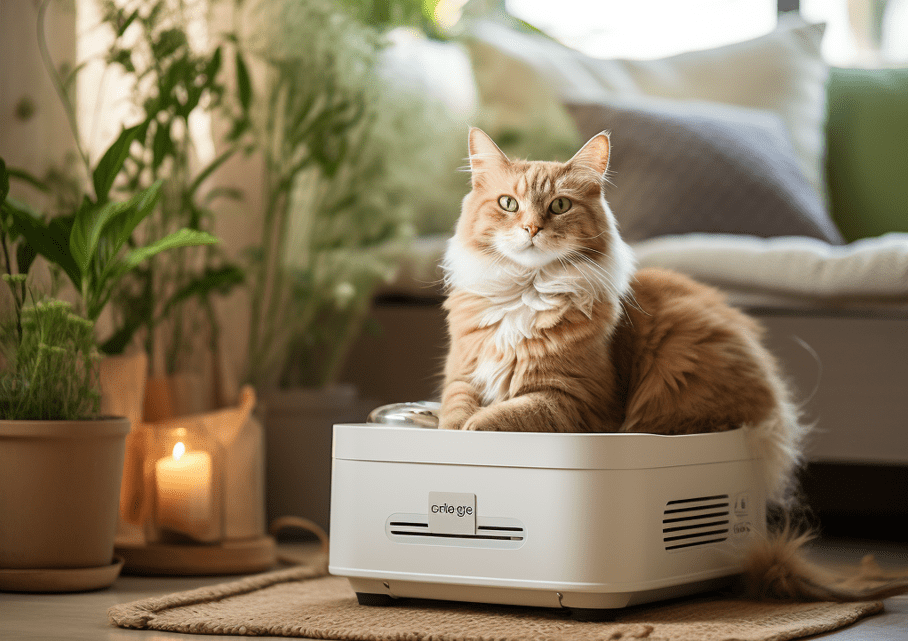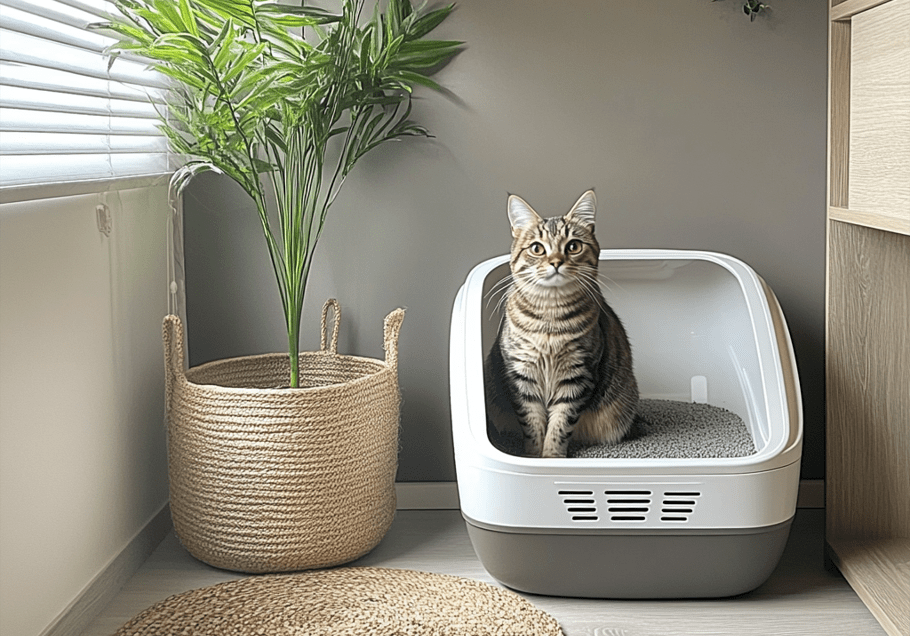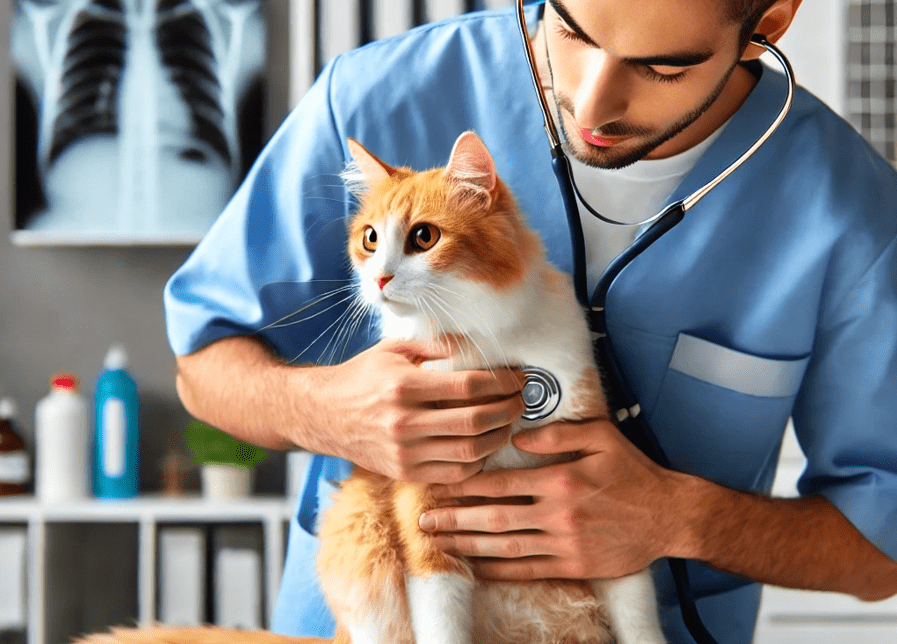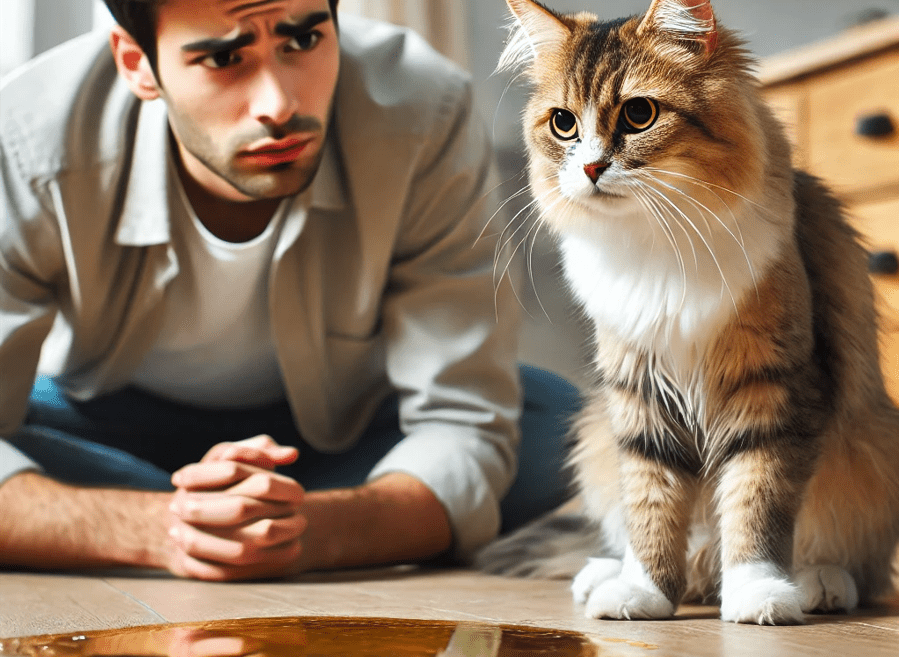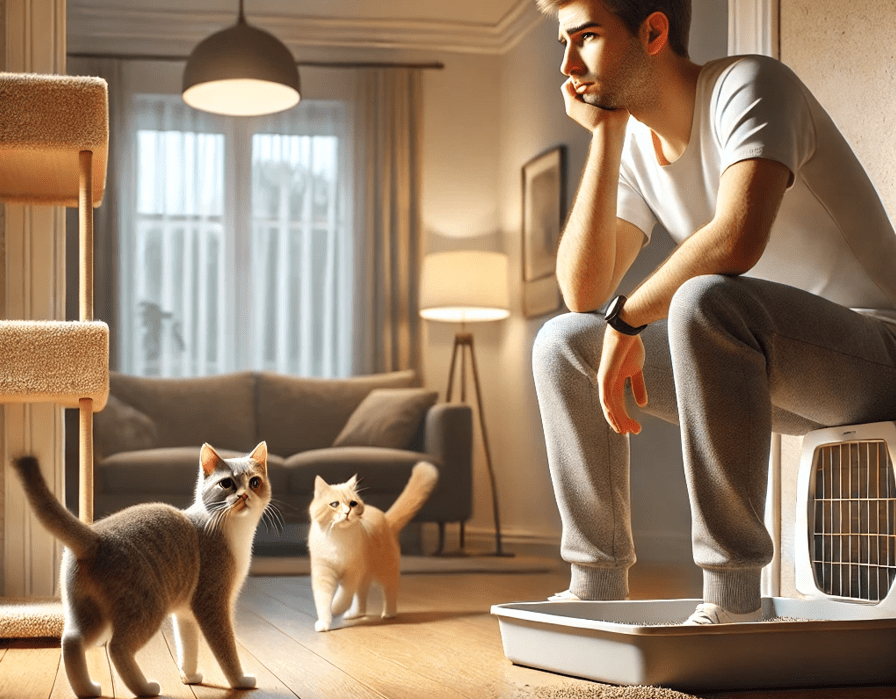
Litter Box Issues in Multi-Cat Households present a unique set of challenges for pet owners. Cats that display undesirable litter box behavior represent the demanding starting point when developing any multi-cat litter box adjustment strategy. Your incorrect choice of cat will produce severe effects on your behavior management strategy. The correct identification of cats that engaged in unwanted behavior on carpet and antique chairs represents an essential step in this process. The identification process based on observation becomes extremely hard when trying to determine which cat caused the inappropriate actions.
Several issues may cause litter box problems within multi-cat homes, such as medical problems along with stress and environmental modifications. Cats need routine stability because they keep to their habits while also reacting to the smallest lifestyle changes. Household stressors from new pets, together with movements in family composition and poor litter box conditions, frequently trigger behavior modification in cats. Health professionals need to eliminate medical explanations from the diagnosis because infections or kidney stones might cause pain that makes cats reluctant to use the litter box.
A well-structured approach becomes essential for resolving these matters. The use of surveillance cameras should help identify the problematic cat correctly so owners can address medical causes and environmental or social issues. Access to enough litter boxes, together with proper care for their cleanliness and strategic locations in the home, remains essential for prevention. The resolution of litter box issues in cats depends on identifying and fixing these elements, which enable owners to establish a comfortable living space for their pets.
Initial Steps: Ruling Out Medical Issues
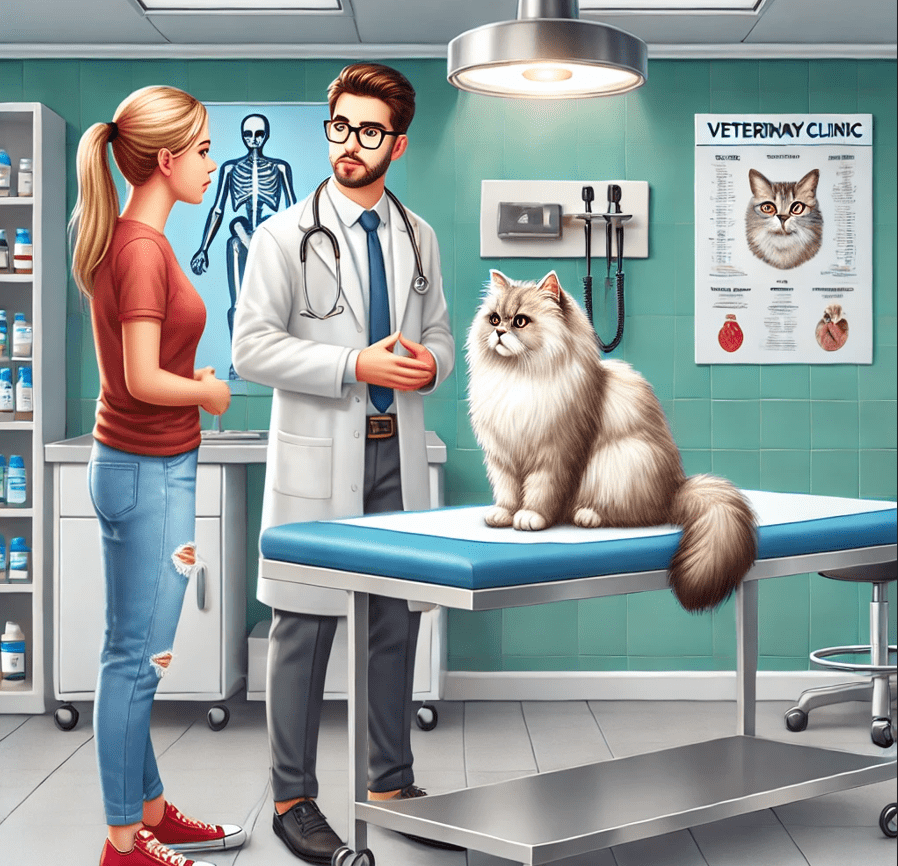
The occurrence of cat hissing does not confirm that the issue stems from behavioral reasons. The behavior might come from a hidden medical issue; thus, you must seek a diagnosis to prevent needlessly subjecting your cat to pain. Medical complications that relate to the litter box can start because of stress symptoms. It’s time to access the cat carrier, as you need to schedule an appointment with a vet clinic.
How should you select which cat to bring to the veterinarian when your home has multiple cats? It is safest to transport both of your two cats to their veterinary appointment. If you have many cats, start by identifying the cat you suspect first. You will find the most accurate identification of the suspect cat through the implementation of video surveillance.
Accurate Identification Methods: Surveillance
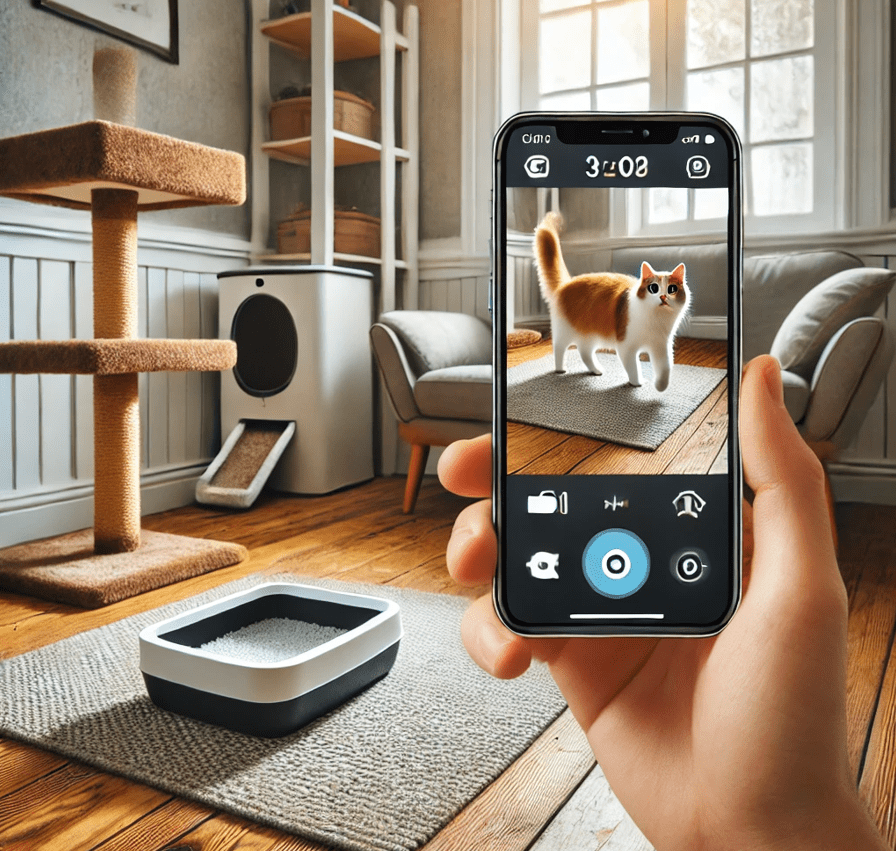
An accurate identification method is setting up a surveillance camera. You can easily detect which cat is avoiding the litter boxes and staying outside. There are several low-cost options for the camera around the internet. You can choose whichever you prefer. You can purchase these surveillance cameras within the twenty-dollar price range. Amazon, along with other sites, supplies multiple inexpensive camera choices when you lack indoor video surveillance in your residence. You can monitor your home activities through smartphone applications, which also let you review recorded footage using your most preferred mobile device. You should pick a camera brand that matches your preferences. A camera investment, no matter its type, will provide you the benefit of getting clear surveillance footage during your absence. Through the years, video recordings will assist you in multiple cases to determine which cat was responsible for a specific behavior. Video evidence stands as the most reliable method for identifying the source of particular behavioral occurrences.
Alternative Identification Methods: Fluorescein and Crayon
Fluorescein dye enables identification of urine-marking cats instead of those that defecate outdoors, but authorities do not support the use of this method. The ophthalmic dye serves two purposes: to detect eye surface issues, and it can be used orally to identify urine markers among multiple household cats. Fluorescein in the urine will produce visible illumination when exposed to wood’s lamp illumination. Pet owners can obtain fluorescein from their veterinarian, who will create a capsule for administration to the cat. Fluorescein fails to provide a perfect solution for urine fluorescence detection. A main drawback of this method exists in the need for oral administration through capsules, although the success depends on your cat’s behavior during medicating sessions.
Despite its limitations, the surveillance camera remains the most dependable option, and veterinarians suggest certain veterinary strategies involving safe, colorful crayon shavings put into cat food to track elimination products in their stools. Use this method under veterinary professional directions, which include the correct amount.
Ineffective Methods: Cat Confinement
Many cat owners have implemented a strategy by isolating one cat from the others to detect continued spraying behavior. Categorizing a cat faces issues because confinement may stress the spray-instigator cat, thereby leading to behavior cessation as soon as the cats are separated.
Addressing the Issue After Identification
After identifying the particular cat showing the behavior, you can start with correct behavior modification procedures. Every litter box problem requires customized treatment plans according to specific circumstances. The process involves work on three distinct areas.
When running a multi-cat household, owners should verify the use of sufficient litter boxes properly spread throughout different house zones. Every cat should have their personal elimination area with a separate litter box located there because it prevents territorial disputes during elimination. The litter boxes should be of suitable types along with appropriate sizes to accommodate each individual cat. Different cats possess acute preferences for litter materials.
Environmental and Social Adjustments
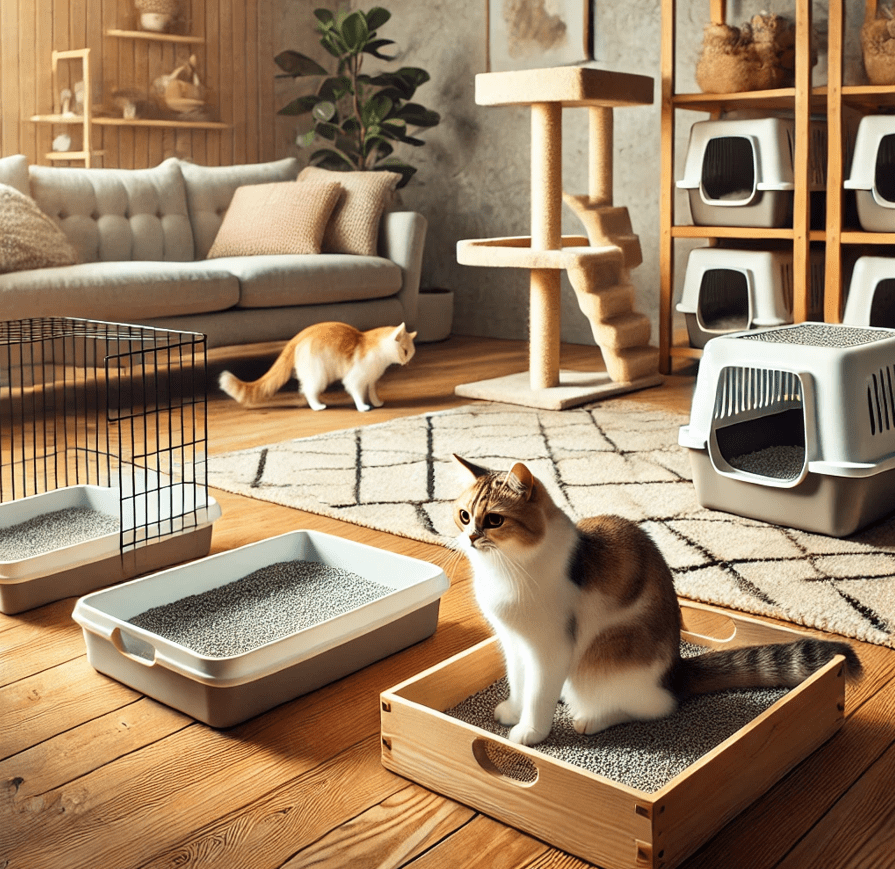
Treat multi-cat tensions by promoting enough security and safety throughout the environment for all cats. Establish your litter box arrangement considering how cats perceive these elements. Build a litter facility that combines clear spaces with quick routes to forestall dangers in order to make every feline feel protected. The time spent in the litter box leaves cats feeling defenseless which is why you must set up areas that provide enough warning time and captivity options during this sensitive period.
First, establish sufficient resources for all cats and locate them to prevent competition or a sense of intimidation between felines. All areas regarding feeding stations and sleeping time, along with climbing platforms, scratching posts, and litter box placements, must be considered. Begin by implementing steps to help felines improve their acceptance toward one another. Encourage the cats to develop positive relations rather than let them see each other as adversaries who compete for resources. Such severe circumstances might require a reintroduction procedure.
Conclusion

To solve the litter box problem in your multi-cat household, you have to implement several well-considered strategies. The strategy implementation process begins with identifying the right cat that exhibits unwanted behavior. The resolution of litter box avoidance requires first identifying all medical factors because physical problems frequently lead to these behaviors.
The resolution of litter box problems requires both environmental modifications, such as adding enough litter boxes, and reducing cat stress. Cats tend to avoid using their litter boxes when their environment remains unclean and inaccessible, combined with poor relationships with other felines in the household. Owners should focus on maintaining a clean environment with easy access and improving cat friendships to minimize litter box problems.
These techniques benefit both the feline’s well-being, and they improve the comfort of the entire household space. Each cat requires different approaches since their needs might differ, so owners need to maintain both patience and flexibility in their method selection. A combination of suitable litter box strategies supported by continuous observation and modification enables cat owners to resolve these issues and produce harmonious living spaces that benefit humans and their pets. Knowledge of complex interactions between multiple house cats enables effective solutions for resolving litter box issues while maintaining a pleasant environment in such households.

